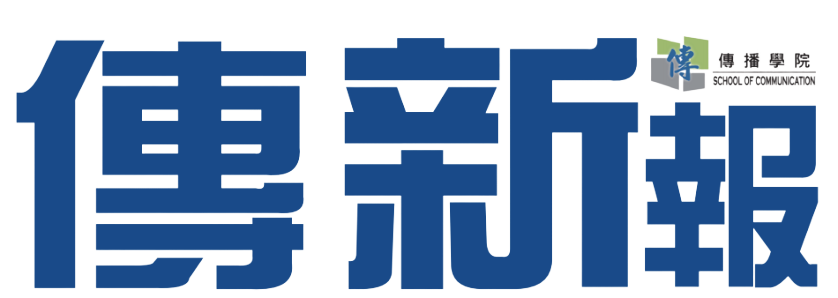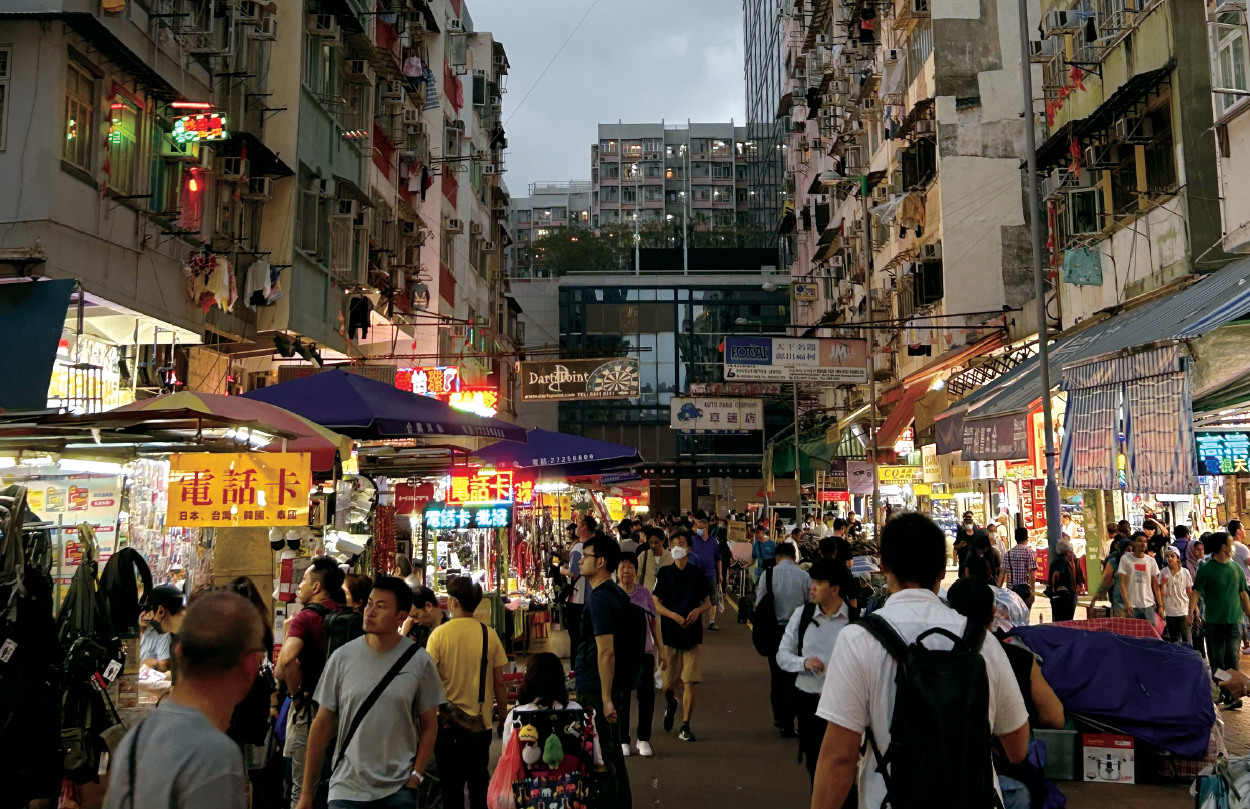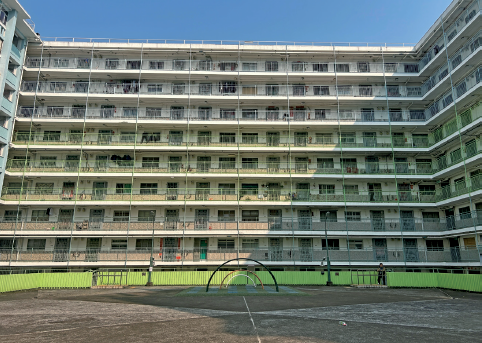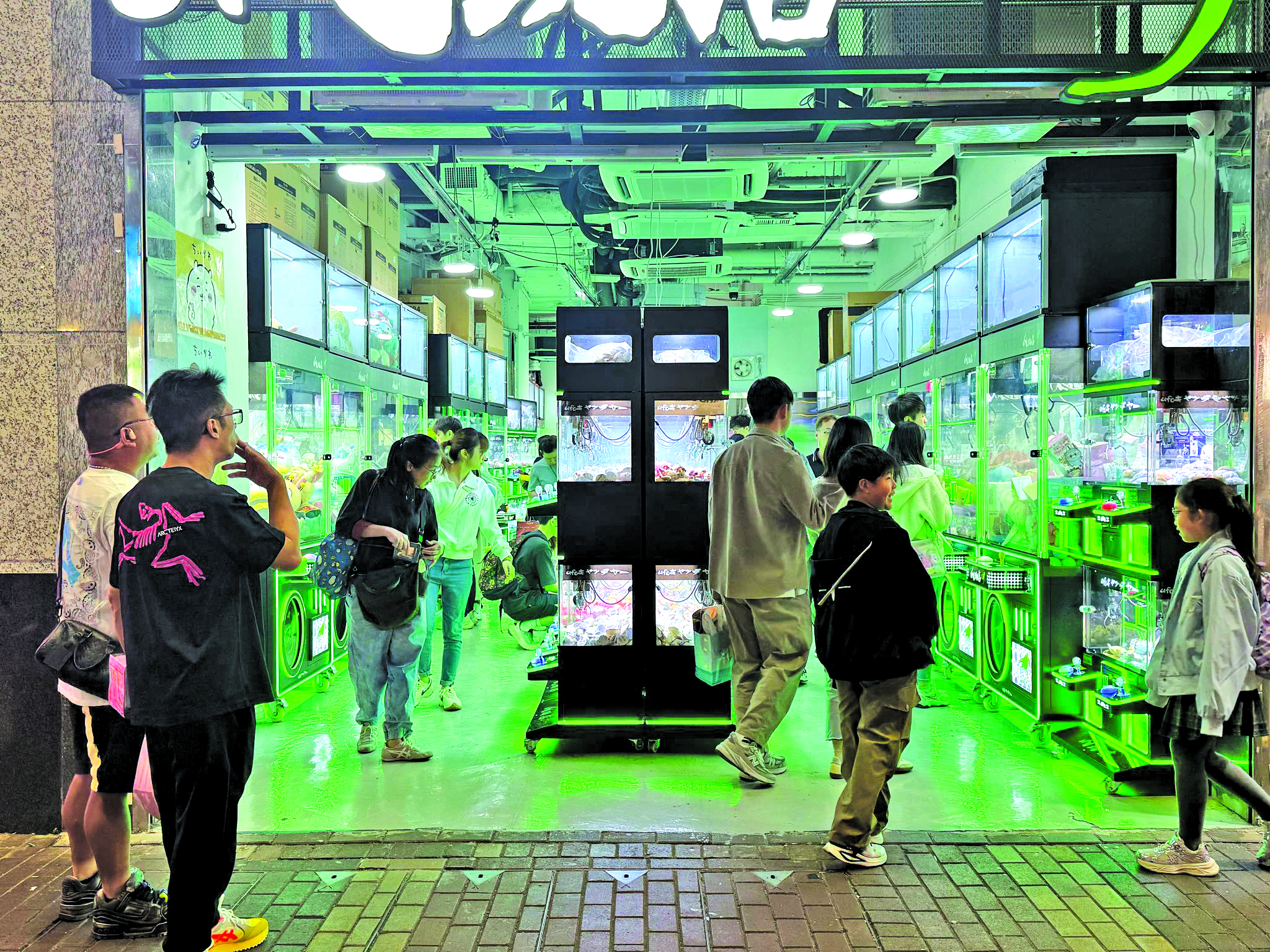Written By: Karen Law, Jasper Or, Gigi Wong
(Photographed by Jasper Or)
Continual development of new towns lay the foundation for urban expansion and urbanization in Hong Kong. However, the government has decided to address the prolonged local issue of land shortage with a divergent approach of carrying out urban renewal projects in inner cities. Run-down old districts have long been a thorn in the flesh for the government, the authorities constantly seeking ways to rejuvenate or refurbish inner city areas. As current events suggest, Sham Shui Po is the next in line.
The ABCs of the Sham Shui Po renewal plan
Thousands of households and shopkeepers may have their lives changed when a blogpost was released in early 2023.
On February 12, 2023, Chi Sing WAI, the managing director of the Urban Renewal Authority (URA), announced that his organization would conduct a survey relating to an urban renewal blueprint at Sham Shui Po, a district in Western Kowloon whose average household income has been hovering at the lower bands in the general household surveys of the government.
In his blogpost, WAI revealed that the survey this time would involve 130 acres of urban land from north of Boundary Street in Prince Edward to south of Hing Wah Street in Cheung Sha Wan, an area which covers 1800 buildings. According to WAI, 70% of them are aged 50 years or above. Residents living there would be approached by the URA to report the conditions of their properties via a questionnaire designed by the URA which aims to record problems and damages.
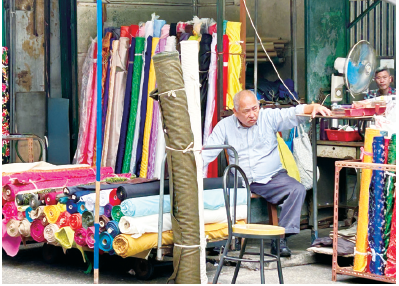
extinct after the urban renewal
(Photographed by Jasper Or)
Jay Li: Urban planning detached with the people from the people
URA’s vision on Sham Shui Po, however, has made some affected stakeholders and residents uncomfortable. Jay Ting Fung LI is a District Councilor of the region. He said that his office received a memo which is similar to WAI’s blogpost, and a QR code which links to a questionnaire and a feedback form. “This is what happens when those who matter the most are excluded. Without the voice of the people, the URA has no clue where to start.” said Li.
Shui Po is fraught with substandard housing and subdivided flats, which are the homes for many poorest citizens in this city. To this vulnerable social group, such places are the only affordable shelters. Councilor Li is concerned that the URA is making promises they may not keep, especially how to house these poor people in the same community during and after the renewal project.
“Whenever the discussion of redevelopment within the district surfaces, it almost always leads to gentrification. However, as the plans progress, people from these neighborhoods must not be treated as collateral damage.” said Li. “I intend to speak for the underprivileged and act in the best interests of this community during my term in office.”
Mrs. Xia, a new immigrant and a mother of one, has been fearful about her future since the announcement of the survey. She is not able to obtain a public housing unit, thus rents a 270-square-foot flat in Sham Shui Po at a monthly rate of HKD9600. Xia worried that poor people like her would be ousted from the district because of urban renewal: “It’s unimaginable how the government will agree to a makeover in this district. Why must they bring havoc to the poverty-ridden? Where are we supposed to live when Sham Shui Po gets redeveloped? Are our livelihoods being not worthy of their consideration,” Xia asked. “This is an act of exterminating low-income population, which that will reinvent Sham Shui Po at the expense of the livelihoods of people like me.”
Total standoff: Maintaining status quo or a fresh start?
In addition to those who are wrestling with poverty, small business owners in the affected districts also wonder what their future would be. Sham Shui Po is well known for bustling vendors and stores selling a variety of goods. Shoppers can find toys on Fuk Wing Street and electronics in Golden Computer Arcade and Fuk Wa Street. Garment shops are located along Nam Cheong Street and Kei Lung Street, and an assortment of hipster cultural shops have recently opened at Tai Nam Street. There are also vehicle repairing studios, wholesale outlets, and cheap food stores and restaurants.
Uncle Kuen is the owner of Good Bad Creative Memorabilia, an antique shop on Nam Cheong Street. He said he will consider quitting his business if the current building of his shop is being torn down. While Kuen is passionate about providing a gathering place for folks to have a good time, he has no interest in relocating his shop to a modernized mall. “As you can see, this shop is built around memories. It will be hurtful to see that Sham Shui Po, the place where I grew up, would be transformed into some generic urban city.” said Kuen.
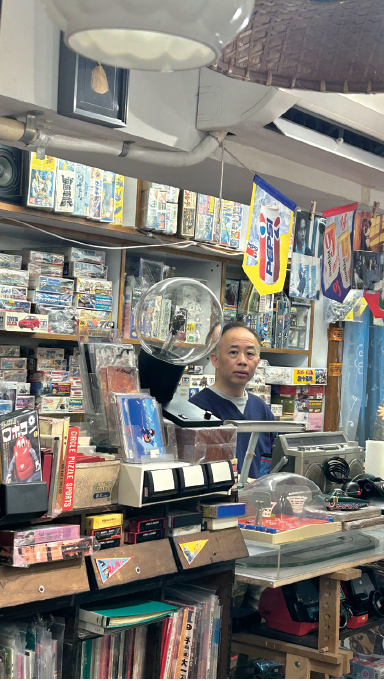
The owner of Good Bad Creative memorabilia (雅俗共想) in Nam Cheong Street. (Photographed by Jasper Or )
When asked why he is reluctant to relocate to the redeveloped areas of Sham Shui Po, he said, “I don’t want Sham Shui Po to become a capitalized and over-cultivated district, but I imagine it would be filled with shopping malls by then. Franchises will replace local shops, and individual retailers like us will be extinct. Ultimately, I find it is ironic and distasteful to have my memorabilia store moved to a modern setting. Human touch is not something that can be replicated.”
The renewal project, if carried out after the survey and consultation, will change the lives of those who are currently housed in more than a thousand tenement buildings. These run-down, aging properties are home to low-income residents and small business owners. These buildings, their tenants, and their history will likely be replaced by new high-rise complexes. Resettlement of low-income households, preservation of existing district business networks and cultural landscape, however, are still uncertain.
